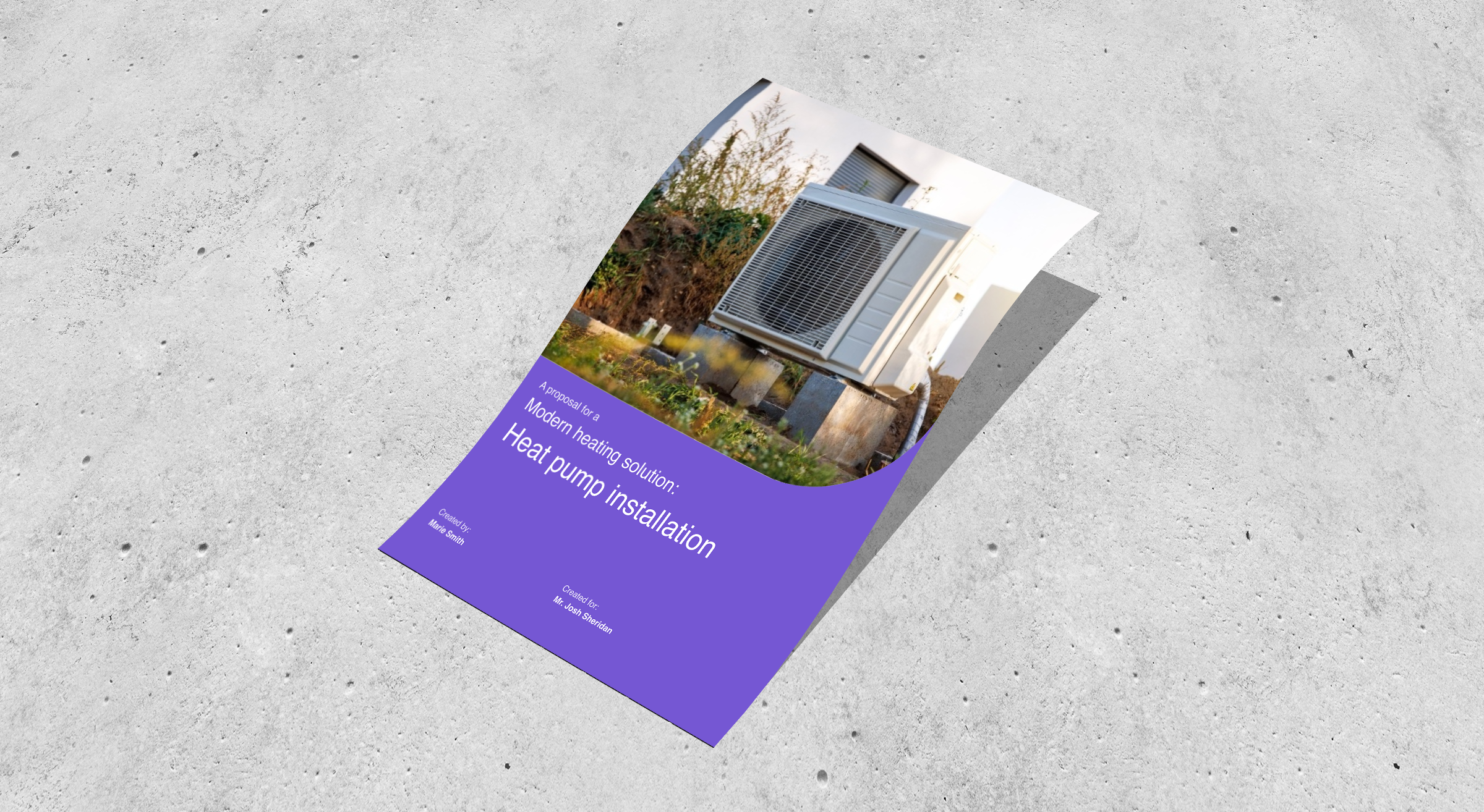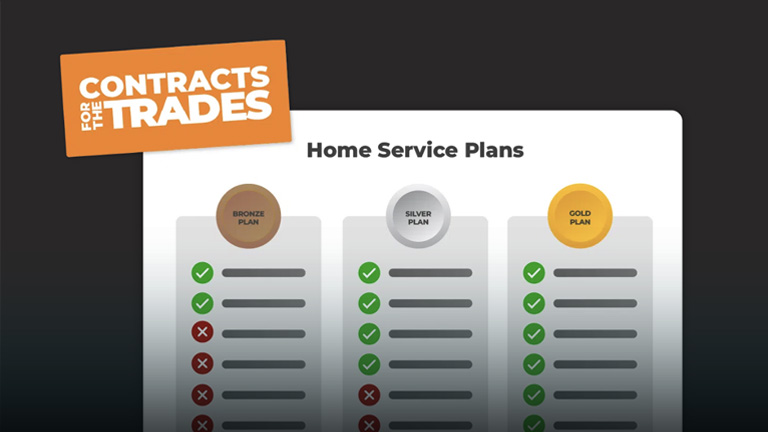What is a Workflow Engine and How Can It Help Your Business?
September 11, 2024 | Read: 8 minutes

Workflow engines are a game-changer for field service businesses.
Instead of wasting valuable time on repetitive tasks — like inputting customer data, drafting emails, and chasing payments — you can automate these processes by using software instead.
By using simple yet powerful workflows, you’ll free up your team so they can focus on what truly matters: delivering exceptional service and growing your business.
Automated workflows powered by great software can be transformative and will help your team to focus on more exciting work.
To help you discover more about the benefits of a workflow engine and how a workflow can help, we’ve laid out all you need to know.
Dive in and explore how automation software will help your field service business to thrive!
1. What is a Workflow Engine?
Simply put, a workflow engine is a software tool designed to improve efficiency. With it, you can set up an automated task (a workflow) that triggers after a certain action has been taken.
Often part of a bigger system (like job management software), workflows can take over specific manual processes that a person would otherwise be in charge of controlling.
Here’s a simple example: when a customer fills out a form, a confirmation email gets sent out automatically. It’s all done without the need for human intervention.
A workflow engine may come with a combo of pre-set workflows or also allow users to create workflows of their own.
Either way, workflows are designed to help staff manage all sorts of tasks. These can include assistance with invoicing, sending emails, communications, and more.
IBM summarises a workflows like this:
“Workflows not only automate tasks, but they also decrease decision-making processes by guiding the process to the most efficient step.”
While workflow engines can be used to make sending emails, notifications, and filling in forms faster, they can also be used in more complex ways, as we’ll explore.
2. How does a workflow engine work?
The simplest way to think of a workflow is in terms of a consequence and action: “If A happens, then B happens”.
A typical workflow for a plumbing business using software would be: “If a new job appointment is created, then the assigned engineer will get a notification about the job.”
That’s a simple workflow and is typical of the types of processes that can be built using a workflow engine.
With different workflows, you can more reliably take care of all sorts of tasks and save time. They can also reduce the likelihood that human error will cause delays or problems, like forgetting to assign an engineer, or neglecting to confirm an appointment’s been booked.
By adjusting options in the backend of your workflow management software, users can set rules so that tasks are fulfilled in a specific and consistent way. Rules give users control, data is filled in automatically, and this means a variety of tasks are completed more easily.
3. What are the benefits of a workflow engine?
A workflow engine’s value is in simplifying tasks. Ultimately, it’s about improving efficiency.
As well a being more efficient, the benefits of a workflow engine include:
- Greater transparency so it’s easy to track processes and find information
- Improved customer experiences with faster response times
- Crystal clear accountability so the responsibility for tasks is apparent
To demonstrate the value of a workflow in more detail, let’s take invoicing as an example.
And it gets better. By using more advanced workflows, you can set up time-sensitive workflows that trigger different responses under different consequences, too.
For instance, Let’s say a customer hasn’t paid you:
A workflow can be created to send them prompts that encourage them to pay. As an example, you could schedule 3 digital payment reminders. One at 2 weeks’ notice, another at 1-weeks’ notice, and another with 1 day’s notice.
Whatever you decide, you can customise your workflow to reach out automatically. And with this solution, you save your team from having to get personally involved at every single step.
A workflow engine still requires a human touch
After all, while automation tools are fantastic, they’re not a miracle cure for every problem.
In the scenario above, customers might miss or ignore the automated emails that they receive.
You’ll get nowhere just sending more, so it’s clear someone should get involved.
Fortunately, your workflow automation software can be set up to trigger a response to help. After a set period, it can create an office task and prompts a member of staff to reach out instead.
In most cases, a delayed or missed payment will be down to simple human error. Hearing from an actual person is often all that’s needed to solve a problem.
In this way, you’re never 100% reliant on the workflow and instead, benefit from having a failsafe solution. This increases the odds that no task will fall through the cracks.
Of course, if the automated email prompts work and the customer replies, you’ll have saved your team time. However, if the customer doesn’t reply, then the workflow process still covers your team and ensures different actions are taken, increasing the odds that a resolution is found.
4. How can a workflow engine help your business?
Workflows can give your team more time to focus on staying on task. When your engineers can work without interruption, it makes completing an installation or sorting a repair even easier.
As a result, it means your team can work more efficiently and focus on important tasks that require genuine attention. In an ideal world, we’d all love to be able to enter into that flow state where we can just do our job; particularly if it’s something fiddly or technical.
Now that you’ve ditched physical paperwork and are enjoying the benefits of digital admin, you can benefit from software that’s designed to reduce further interruptions from slowing you down.
Making use of a workflow automation tool is a whole level-up from that digital experience. It will significantly reduce the steps your staff need to take regarding repetitive tasks.
With workflows supporting your business, you can continue to take customers on world-class journeys and offer them the convenience that we’ve all come to expect.
A workflow engine is all designed around taking logical steps to reach a specific conclusion. With it, you can map out all sorts of friction-free pathways and, as we’ve explained, even establish contingencies to take care of things when these plans go awry.
Workflow automation [makes] complicated business processes easier to manage.
Technology Advice
Of course, if you want to automate for a variety of complex scenarios, then a customisable workflow engine could be perfect for you to explore…
5. How easy is it to use a workflow engine?
Using a workflow engine and creating automated processes doesn’t need to be complicated.
After all, well-designed software should be easy-to-use. There may be a learning curve, but like any tool, getting to grips with it will empower your team to take care of complex or time-consuming tasks more easily.
As above, the workflows you choose to use can be simple.
Most businesses will follow the same patterns when it comes to debt-chasing or sending invoices so these processes are easy to implement.
At the same time, there will be tasks that you do differently, and that’s where customisable workflows can come in handy. You may wish to create entire workflows of your own based on processes you know you can streamline.
A customisable workflow engine gives you the means to set up any number of automated processes. If you have niche tasks specific to your services, then these more sophisticated workflow management tools can still help them run smoothly.
Create workflows of your own:
If you want to eliminate tedious admin, then workflows can help you to do just that.
After all, why spend 15 minutes fiddling with an email when workflows can do it for you?
To help you out on your automation journey, we’ve prepared some helpful email templates! You can find them in our free download: The Customer Communication Toolkit.
Use this toolkit to write a wide variety of emails. When you combine these with powerful workflow software – like that available in Commusoft – you can transform your communications.
Explore all our Customer Communication features and get started, today!









